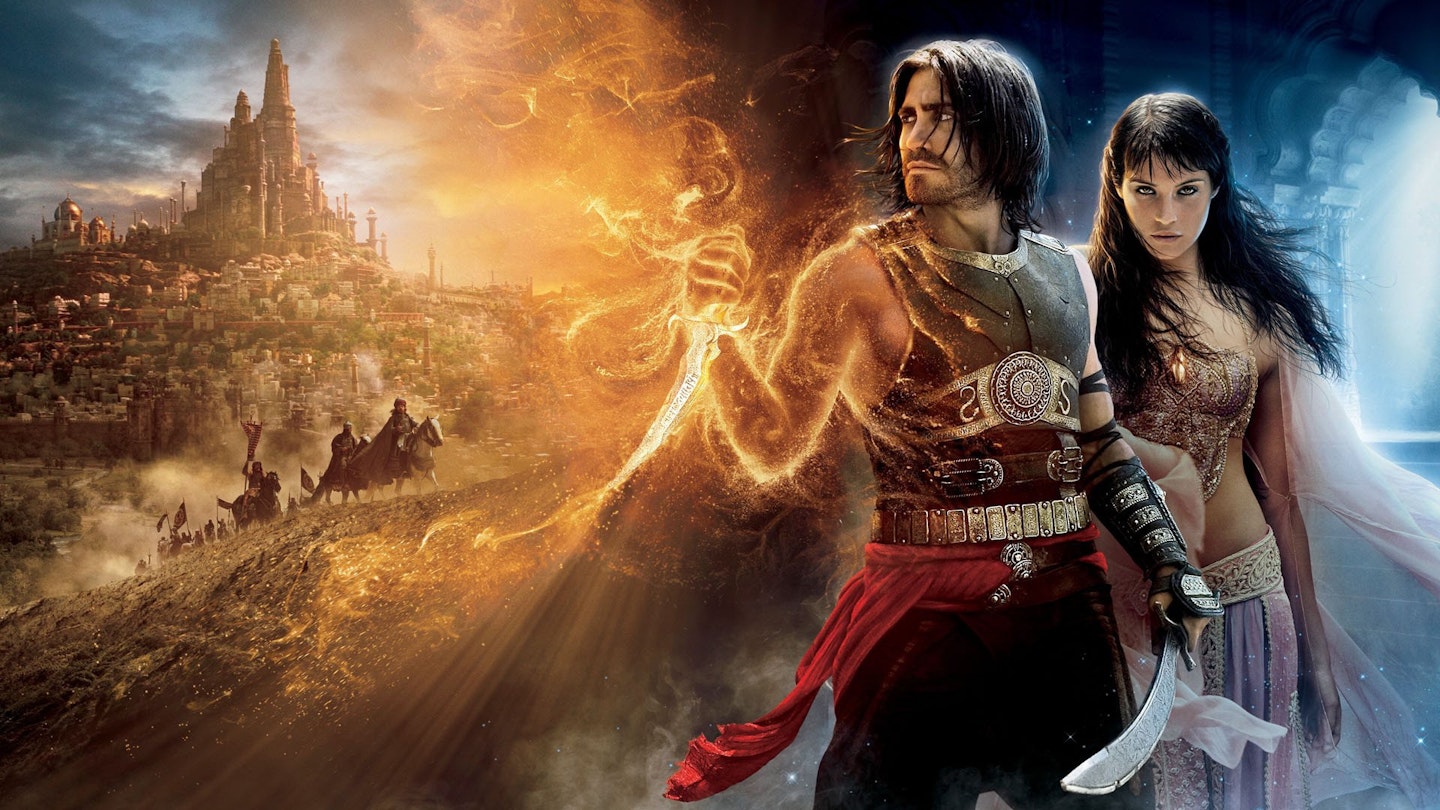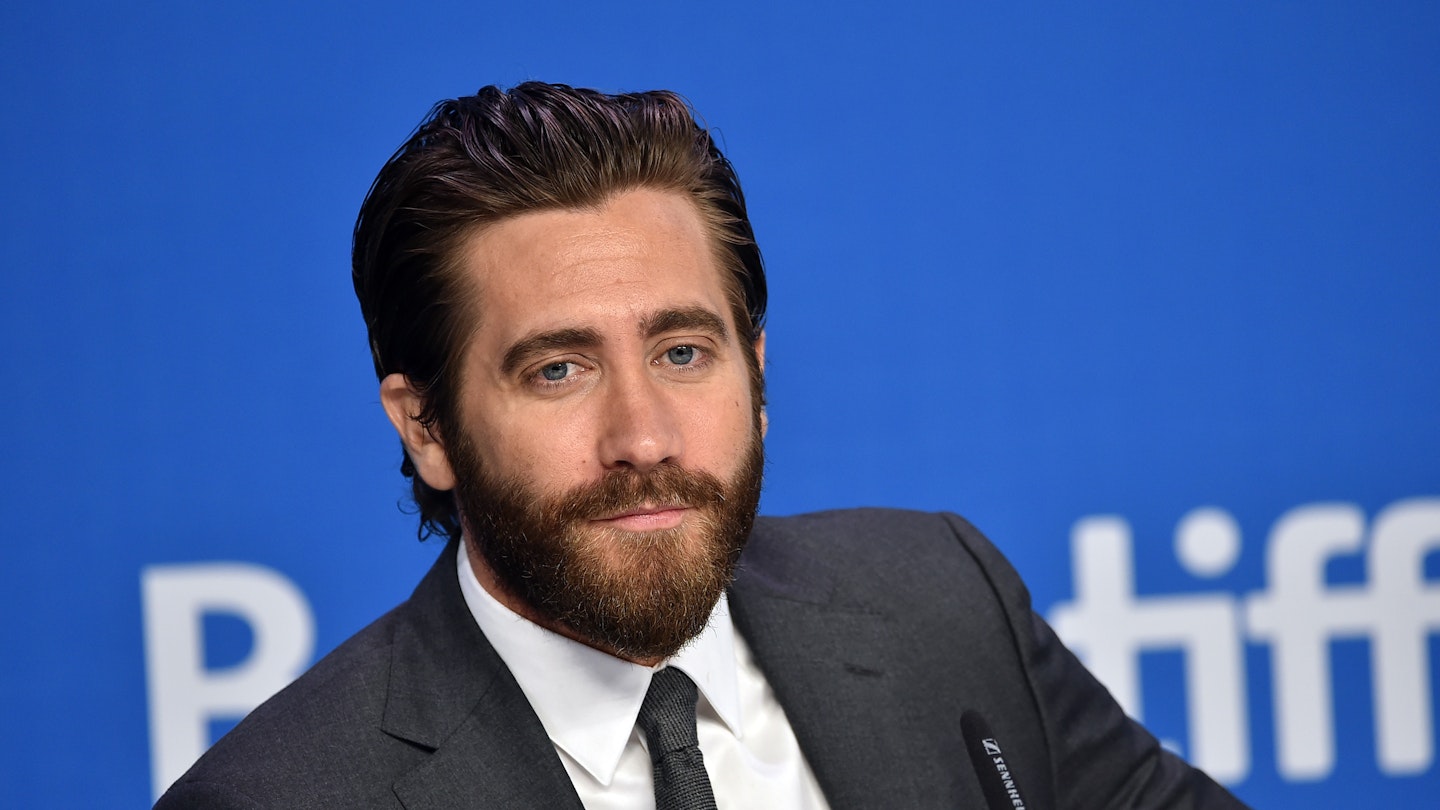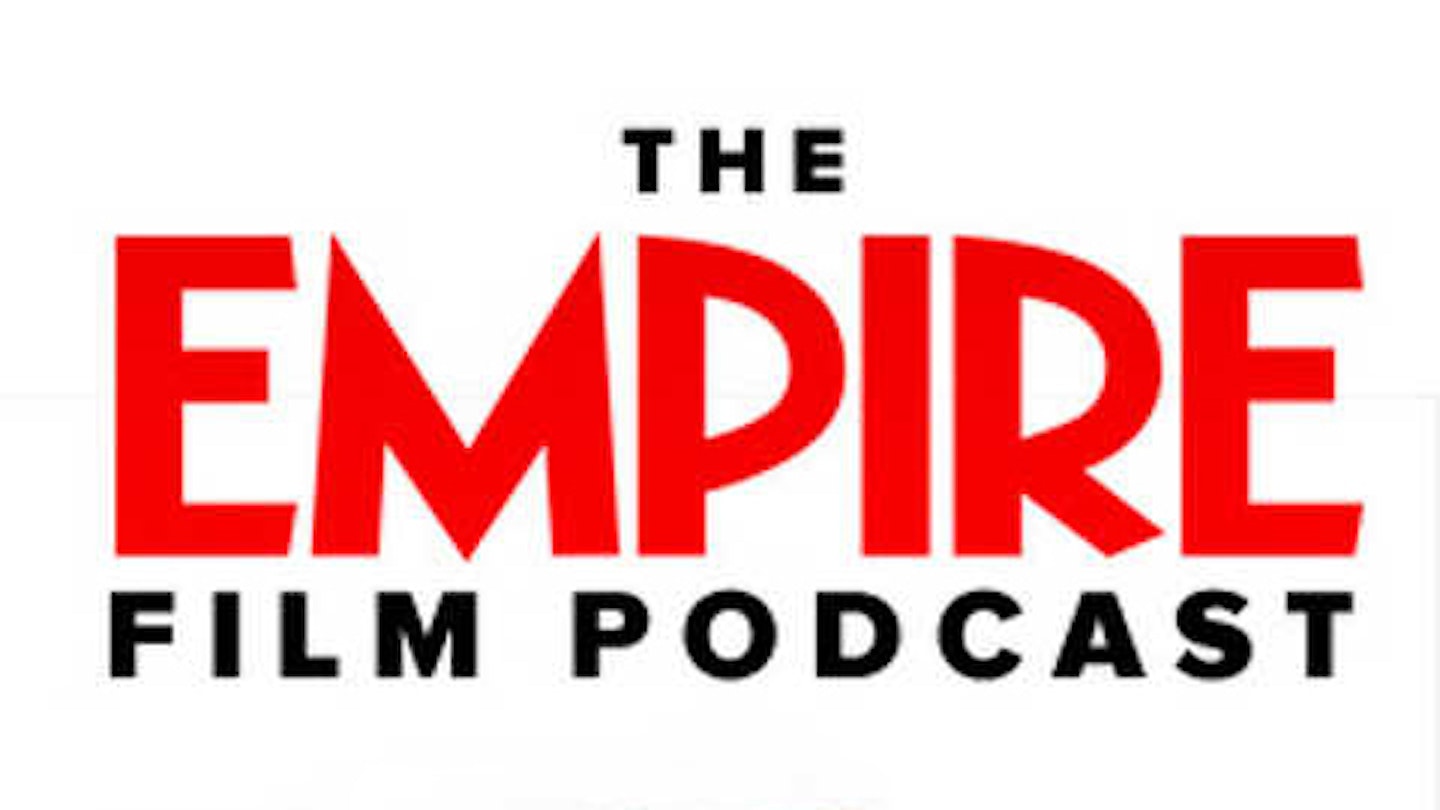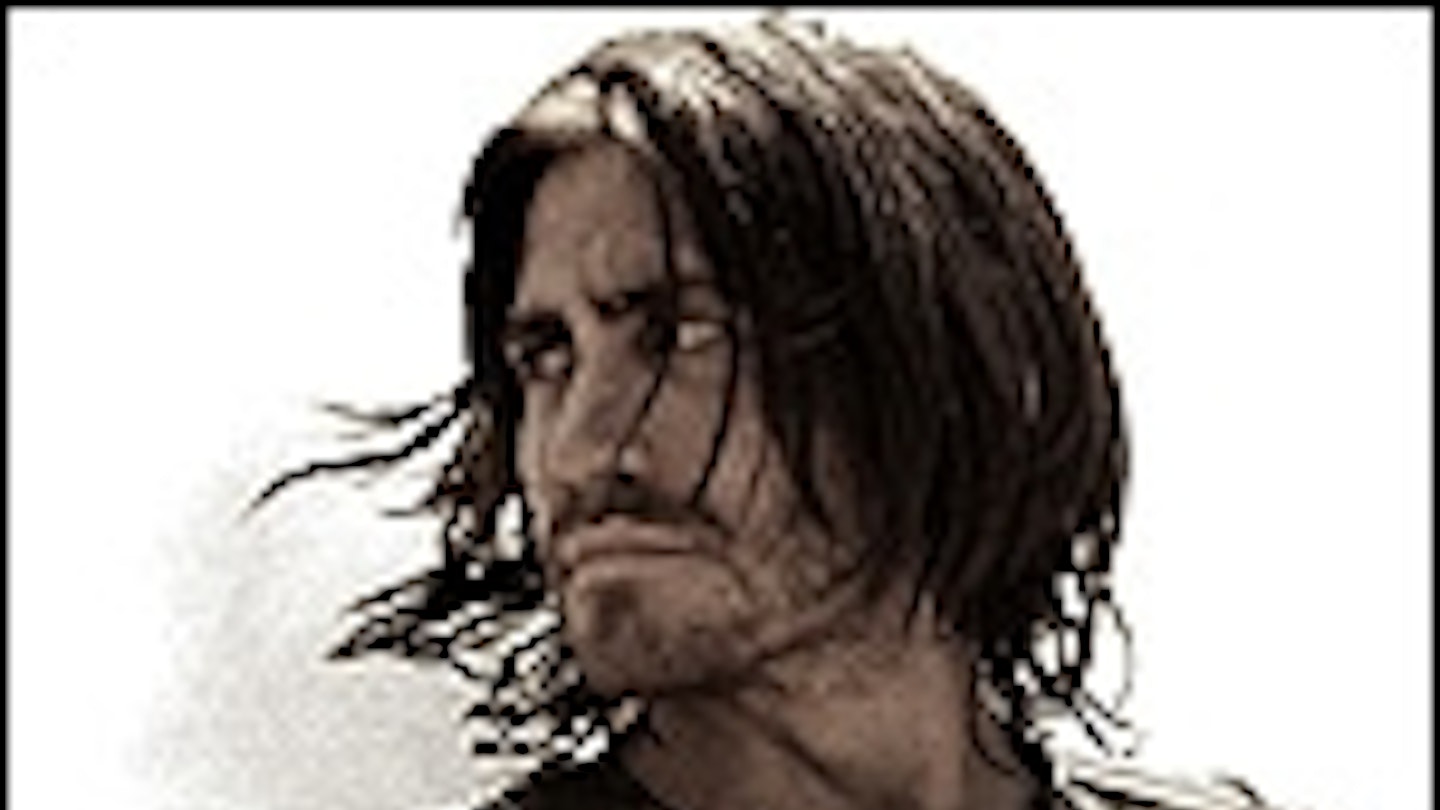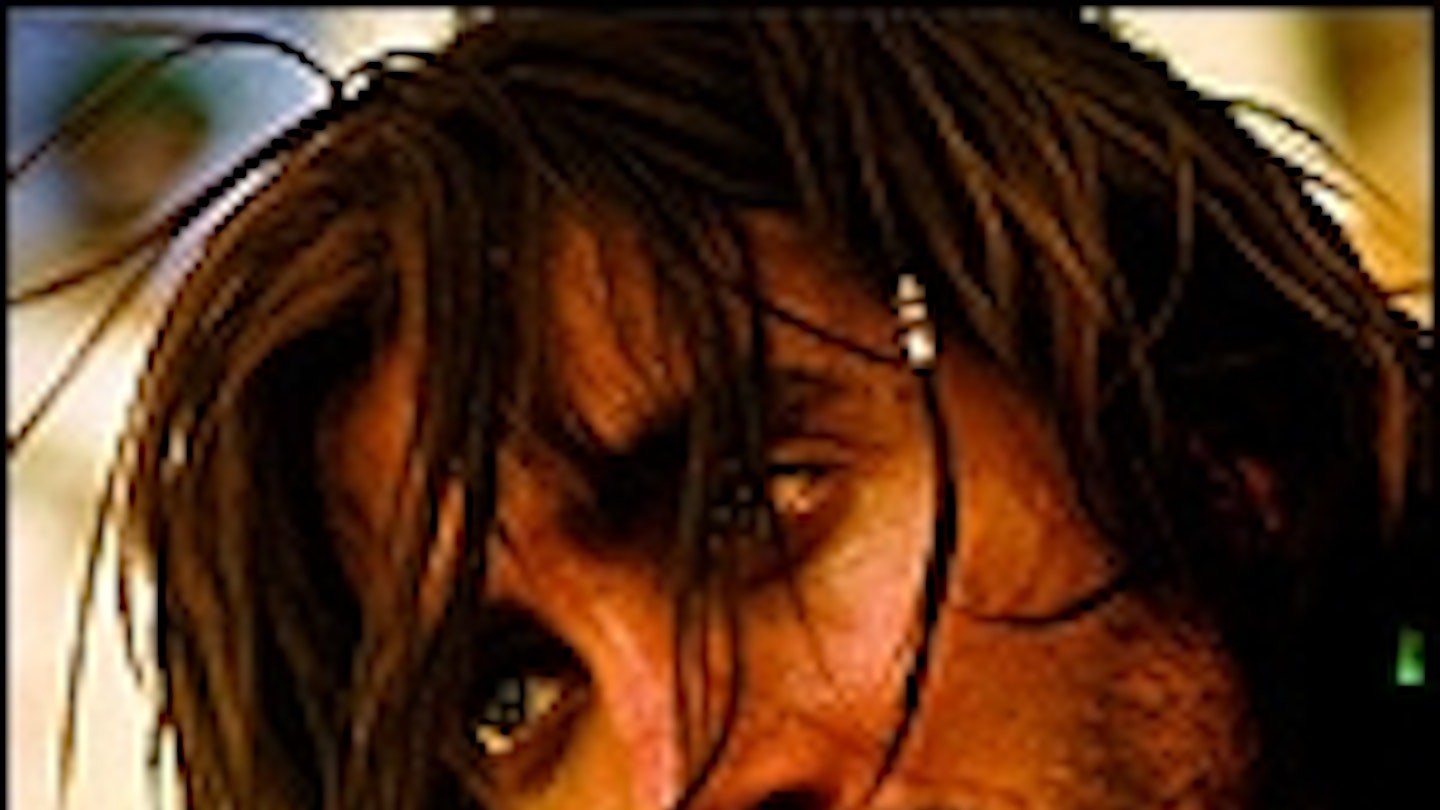How swiftly we have acclimatised to this multi-dimensional post-Avatar age of big-bang entertainment. So when a multi-million-dollar production of suitably fantasy orientation comes dressed only in plain old 2D, we stare hard-done-by at the poster and twitch irritably at the very idea of having to put up with mere narrative and acres of golden CGI. What gives? Is this some kind of Arabian-styled throwback to the naked passions of the Cassavetes canon? A tribute, with humble computer-generated sandstorms, to the vérité streets of Leigh or Loach? Surely, it’s just so 2008...
Persia arrives at the party with the firmly held belief that the Jerry Bruckheimer formula is enough: no need for the hasty addition of an extra dimension. There was certainly ample opportunity when the film was postponed from the growing hurly-burly that was the summer of 2009 and into 2010. Here is a big-scale movie, amusingly given its subject-matter, which stretched its own time-frame. Post-production could ease and, optimistically, the returns would be seen on screen and shatter the famous curse that any game-to-film adaptation will be as much fun as an argumentative root canal.
Yes, there’s no avoiding the obvious, Prince Of Persia arrives dragging that old bête noire for the blockbuster consumer: ‘based on a video-game’. How teeth gnash at the mere mention of previous attempts at entertainment synergy — those pummelling mishaps, Super Mario Bros., the Tomb Raiders or Street Fighters. It’s a barren landscape, but to a man unfazed by transforming a dusty theme-park ride into a billion-dollar franchise, why not rise to the challenges of making a gainful movie out of a popular platformer.
Bruckheimer, now a Yoda-like presence among the producers of Hollywood, is prone to shrugging his shoulders and waving away the imponderables of the business. The key, as he professes, is to lose no sleep to the petty grievances of the internet grumbler, and give your all to the demands of the cinemagoer.
Back in 1989, Jordan Mechner created a platform-jumping classic on the Apple II, a grumbling grey packing case of a computer. The theme was loosely Arabian Nights-ish, wherein a renegade prince negotiates pits of spikes and flames — a game drunk on the influence of Raiders’ opening ten minutes. It’s highly influential, has spawned six increasingly fangled sequels, and was so bloody hard, many Apple II’s plunged to their own deaths from bedroom windows. For those yet unacquainted with the particulars of the gaming sphere, Mike Newell’s Jerry Bruckheimer’s Prince Of Persia is an adaptation of the fifth iteration of the Persia games, helpfully also referred to as The Sands Of Time.
The results, straining so hard not to succumb to the film-as-game curse, find a tepid middle ground between a Bruckheimer hurl-it-up-there approach, and Newell’s devoted restraint in the cause of character and story. Controversially, for the junior demographic, he’s axed the game’s mindless demons for a non-creature feature. If the Pirates sequels became ever more tangled thickets of plot, here things are winningly simple: a good prince, a feisty princess, an evil uncle (when are they ever trustworthy?), and the worrying news that a nuclear billow of accursed sand is about to lay waste to all human kind. The gods, this year’s rather literal variation on the deus ex machina, opting for the ditch-it-and-start-again approach to their creation.
Yes, Newell and his screenwriters make a token thrust at topicality by throwing in the false search for weapons as the kick-off for an attack on an innocent city, and including this gigantic ‘device’ ticking away beneath Middle-Eastern soil. Early on, a helpful map instructs us that the Persian Empire stretched to cover most of what is now Iran and Iraq — a neighbour to Scheherazade’s more glamorous Araby. Although, we’re not entirely sure why Newell also went with a sandpapered Green Zone aesthetic. Since when do fairy tales need realism?
Standing in the way of disaster is Gemma Arterton’s comely princess/priestess Tamina. And a few awkward lurches of plot later (all that post-production and the film still staggers about like a drunk) they are teamed up, slow-burning their way to romance via the usual (but enjoyable) saucy bickering.
Newell has half-an-eye on the ebullient fizz of Douglas Fairbanks Jr. in the velveteen pomp of Sinbad The Sailor, wooing irascible Maureen O’Hara with his moon-sized grin and acrobatic gait. If the first Pirates taught them anything, it’s a worthy dimension in its own right — that merry dance of characters, the light frisson of comic exchange. And Gyllenhaal — likably warm and goofy, but a spiritual Han forever saddled with Luke’s lines — and Arterton, who gave 007 as good as she got, are a couple you root for. Arterton proves the most spirited character on show, even if she did recently lose a battle with Tango.
And, to be fair, most of their dialogue is as crusty as the city walls. How is it modern filmmakers never learned at Spielberg’s knee? That sublime trick of slipping in exposition without us noticing, never letting up on the action, the comedy, the bursting sense of adventure. The Indy films are a touchstone, but they wouldn’t be caught hatless with the listen-up-grandad approach to plotting here — “You mean this dagger can turn back time, so I can change what just happened to my own advantage?”, or lines to that effect.
Indy-refugee Alfred Molina makes a welcome appearance as a bandit who seems to have siphoned his dialogue in from Carry On Up The Minaret, and runs a delightful line in ostrich-racing. A suicidal ostrich comes very close to giving the finest performance in the film. The rest — Kingsley, Coyle, Kebbell et al — battle for credibility with some silly lines and very silly helmets.
Ironically, it’s when directly referencing the game the film finds it feet. There is a welcome attention to real-world stuntwork: the olde-worlde parkouring is thrilling, the swordfights have a steely urgency, and plenty of rapid-fire arrows, projectile snakes, and whirligigging cameras stand-up for a sturdy old-school prowess. And when called upon, the surging sandstorms, fizzing reversals of time, and other assorted uses of CGI are polished and unobtrusive. It’s with greater irony still, you imagine what 3D — good 3D — might have given it. Fancy hitting rewind, Jerry?
Gyllenhaal’s Dastan is the urchin adopted as a prince by a goodly king, then framed when he dons a poisoned robe. He’s got the moves of a street punk, parkouring about the ancient cities — dusty Minas Tiriths sticking out of the desert like pin-cushions — Bourne in baggy pyjama bottoms. He’s also come into possession of a dagger that holds a few of the Sands Of Time (subtitle alert!), and by the press of hilted jewel gets to rewind time by a minute — decently worked on screen in a whirl of electric light — to rework a scenario another way. Problem is, if said dagger falls into the wrong hands — look for the man wearing the most eyeliner — the entire tank of time-sand could be unleashed and strip the planet of pesky humans. What’s that? An ancient WMD buried in the desert...
